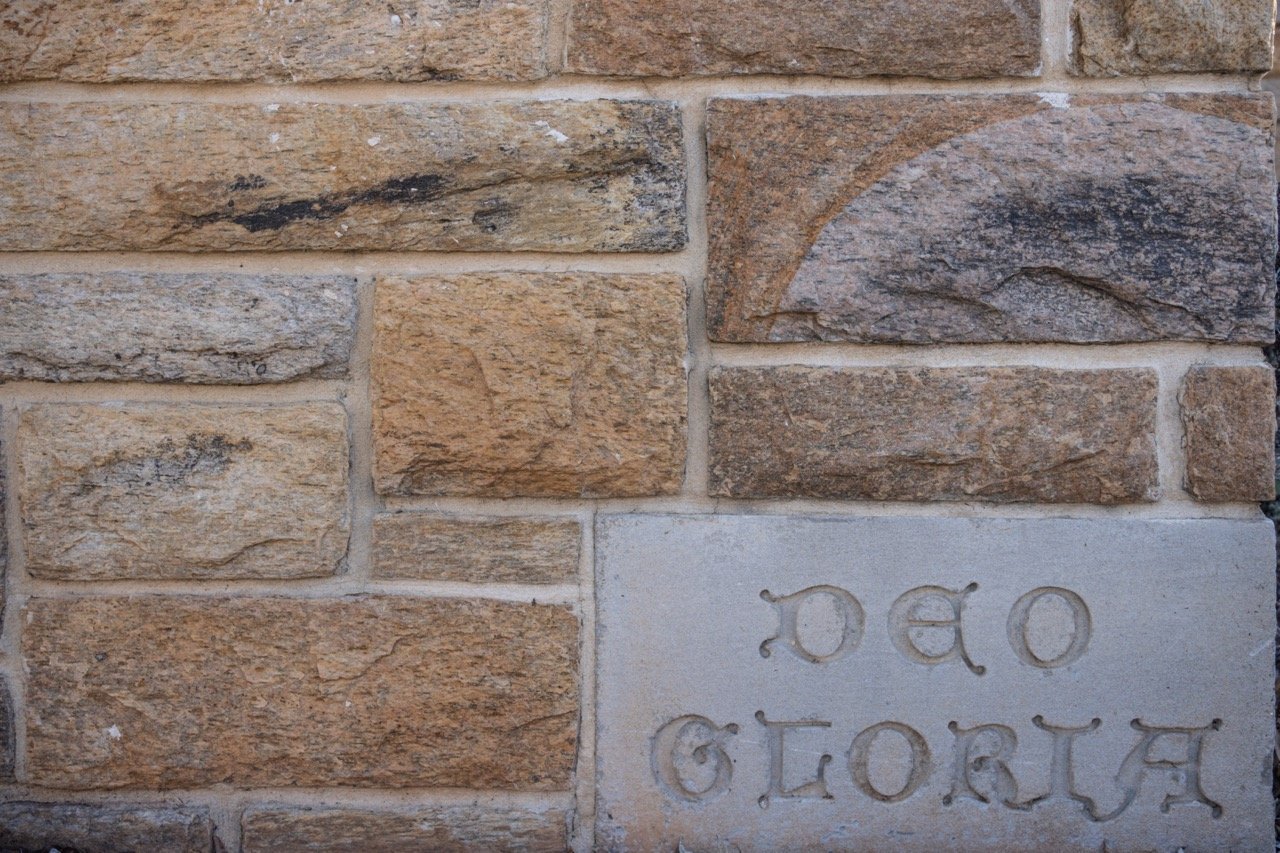
The Liturgical Year
The Liturgical Calendar
A calendar reminds us of important dates: anniversaries, birthdays, appointments, and necessary tasks. On it we record what matters to us. The Christian calendar is, therefore, extremely valuable to us as a worshiping community. On this calendar, Christians throughout history have marked the significant events of the life of Christ, of the Church, and of God’s people. First Baptist Church’s worship seeks to follow the tradition of the Christian liturgical calendar. Our church year begins with Advent followed by Christmas, Epiphany, Lent, Easter, Pentecost, and Ordinary Time. Within each of those seasons, there are special worship services that help us name and celebrate our participation in the Christian story today. What follows is a description of the liturgical seasons and the worship services that help us live into that particular season.
-
Originally begun as a time of preparation for the coming of Christ, Advent is a time of expectancy and anticipation in which we “prepare the way of the Lord.” In the ninth century, Advent was established as being the four Sundays before Christmas. Our worship services throughout advent focus on the four themes of Advent: hope, peace, joy, and love. The color for Advent is purple, signifying “royalty” and the reign of Christ on earth.
-
Christmas, the celebration of the birth of Christ, is one of the high water marks of the liturgical calendar. With great joy, we remember that God has come to be part of our world and part of our lives.
Advent at First Baptist culminates in our Christmas Eve service. The service begins with reflective music and Holy Communion by intinction (the dipping of the bread in the cup). While the structure of this service may vary from year-to-year, the traditions of telling the story of Jesus’ birth and singing carols makes it a worship service enjoyed by all ages. The color for Christmas is white, signifying purity, joy and light.
-
The Christmas season concludes with Epiphany, a word meaning “manifestation” or “showing forth.” The festival commemorates the visit of the Magi to the Christ child. The Magi understood that Jesus was “God with us”; it is the mystery and the miracle of Epiphany that these wise ones knew enough to fall down and worship Jesus. Epiphany Sunday is observed on the Sunday closest to Epiphany, January 6. The Sundays after Epiphany point to other “manifestations of the Word made flesh” in the Baptism of Jesus and his early ministry. The final Sunday after Epiphany recounts the Transfiguration of Christ. The color for Epiphany is white, signifying joy and light.
-
Lent is part of the Easter cycle which begins forty days before Easter (excluding Sundays). Lent is a time to rest, to meditate, to pray, and to gather spiritual strength in preparation for the celebration of Easter. The color for Lent is purple, signifying mourning and repentance.
Ash Wednesday
Ash Wednesday begins the Season of Lent. First Baptist’s Ash Wednesday service is a reflective service including the imposition of ashes on the forehead. The wearing of ashes signifies sorrow (for our sinfulness) and repentance (a desire to turn away from self and toward God).Palm Sunday
Holy Week begins with Palm Sunday, the celebration of Christ’s triumphant entry into Jerusalem. Worship on this day enacts this event and foretells the coming week in the life of Christ. Our children process into the sanctuary with the Chancel Choir and ministers, waving palm fronds in anticipation of the coming of Christ’s kingdom.Maundy Thursday
“Maundy” is derived from the Latin word meaning “commandment” and recalls Jesus’ words to his disciples just before his arrest: “I give you a new commandment, that you love one another. Just as I have loved you, you also should love one another.” Our Maundy Thursday service relives Jesus’ last evening through meditative scripture and song, and worshippers are invited to participate in Holy Communion.Good Friday
On Good Friday, the most solemn date on the Christian calendar, we remember the Crucifixion of Christ. On this day, First Baptist offers opportunity for private, reflective prayer in the chapel. -
This day of celebration is marked with joy and festive expressions in the exclamation of Christ’s resurrection. The Easter service of worship at First Baptist includes hymns, scripture readings, choral music and other elements which focus on Christ’s defeat of death and his living presence in our world. As an integral part of the service, children are invited to ring alleluia bells with each alleluia in the great Easter hymn, “Christ the Lord Is Risen Today.” The color for Easter is white.
-
Fifty days after Easter, Pentecost celebrates the birth of the church and empowering of the Holy Spirit. A vibrant service of worship celebrates the power of the Holy Spirit, who is at work in the Church and in the world. The color for Pentecost is red, signifying the joy and fire of the Holy Spirit.
-
The Sundays after Pentecost comprise the liturgical year’s longest period, which lasts until Advent. While the other liturgical seasons relive the life of Christ, this season focuses on the ongoing work of the church.

